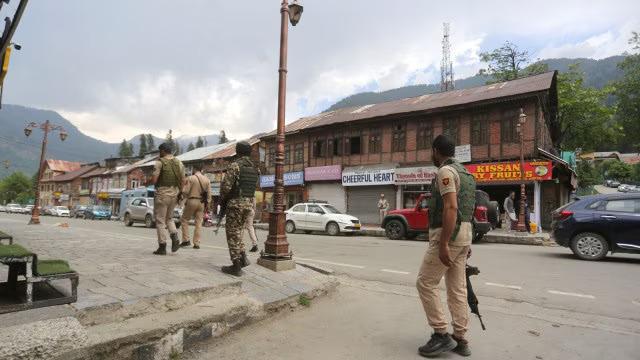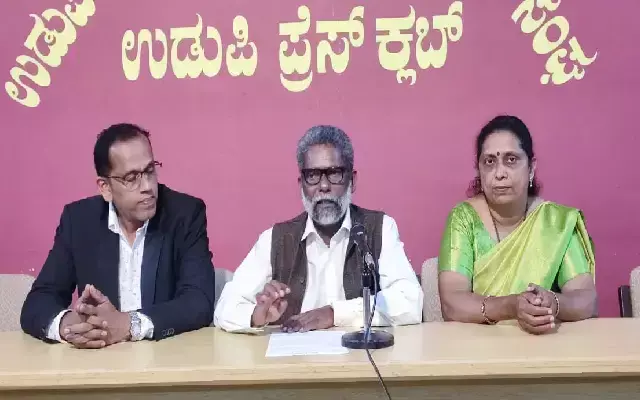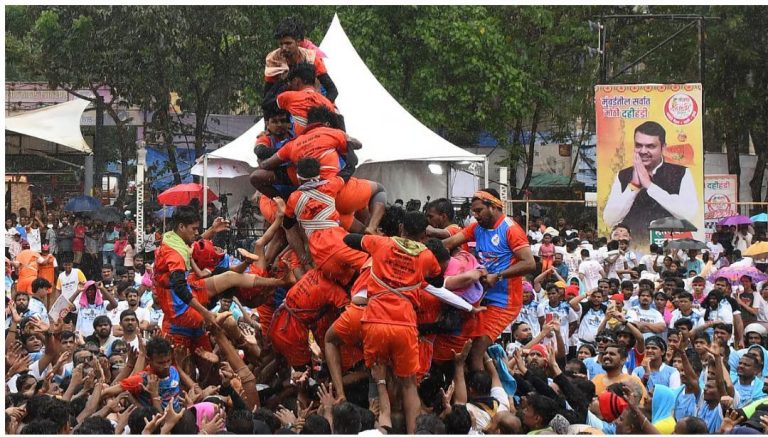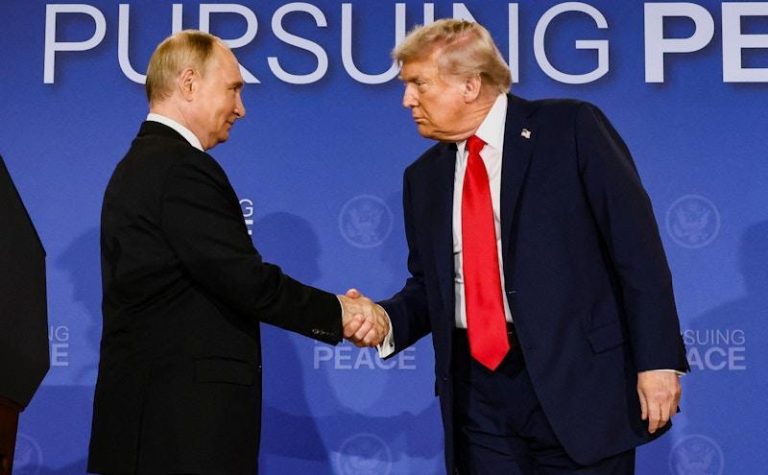
Title: All 3 Pahalgam terrorists different from those whose sketches J&K Police had released: Report
The recent terrorist attack in Pahalgam, which resulted in the killing of two police personnel, has sent shockwaves across the country. The attack, which was carried out by three terrorists, has raised several questions about the efficacy of the security measures in place and the ability of the security agencies to prevent such attacks. In a surprising twist, it has now been reported that the three terrorists involved in the attack are different from those whose sketches were released by the Jammu and Kashmir Police.
According to a report by The Indian Express, the investigation into the attack has revealed that the three terrorists involved were not the same individuals whose sketches were released by the police. The police had released the sketches of three terrorists, based on a picture recovered from the phone of a militant who was killed in a gunfight earlier. However, the investigation has now revealed that the picture was not of the actual terrorists involved in the Pahalgam attack.
The report suggests that one of the terrorists involved in the Pahalgam attack is Suleiman Shah, who has been involved in several other terrorist attacks, including the Z-Morh tunnel terrorist attack. The co-accused of Shah in the Z-Morh tunnel attack, JR Bhat, was killed in a gunfight earlier. From Bhat’s phone, the police recovered a picture of him with three other militants, which was reportedly used to create the sketches of the terrorists.
The revelation has raised questions about the effectiveness of the police’s sketch-making process and whether they relied too heavily on a single piece of evidence. The police had released the sketches of the terrorists, which were widely circulated in the media, in the hope of identifying them and preventing further attacks. However, the investigation has now revealed that the sketches were not accurate, and the police had no idea about the actual identity of the terrorists involved in the attack.
The Pahalgam attack has also highlighted the need for better coordination between the security agencies and the police to prevent such attacks. The attack was carried out by three terrorists, who were reportedly from Pakistan, and were able to evade detection despite the presence of several security checkpoints in the area. The police had received intelligence inputs about the possibility of a terrorist attack in the area, but were unable to prevent it.
The attack has also led to a renewed focus on the need for better intelligence gathering and sharing between the security agencies. The attack was reportedly carried out by terrorists who were able to use the Z-Morh tunnel, which was previously used by militants to infiltrate into Kashmir. The police had received intelligence inputs about the possibility of a terrorist attack using the tunnel, but were unable to prevent it.
The Pahalgam attack has also highlighted the need for better communication between the security agencies and the public. The attack was carried out in a crowded area, and the police were initially unable to respond quickly due to the lack of information about the location of the attack. The attack has also raised questions about the preparedness of the security agencies to respond to such attacks, and whether they were adequately equipped to deal with the situation.
In conclusion, the Pahalgam attack has raised several questions about the effectiveness of the security measures in place and the ability of the security agencies to prevent such attacks. The revelation that the three terrorists involved in the attack were different from those whose sketches were released by the police has highlighted the need for better coordination between the security agencies and the police to prevent such attacks. The attack has also led to a renewed focus on the need for better intelligence gathering and sharing between the security agencies and the public.






